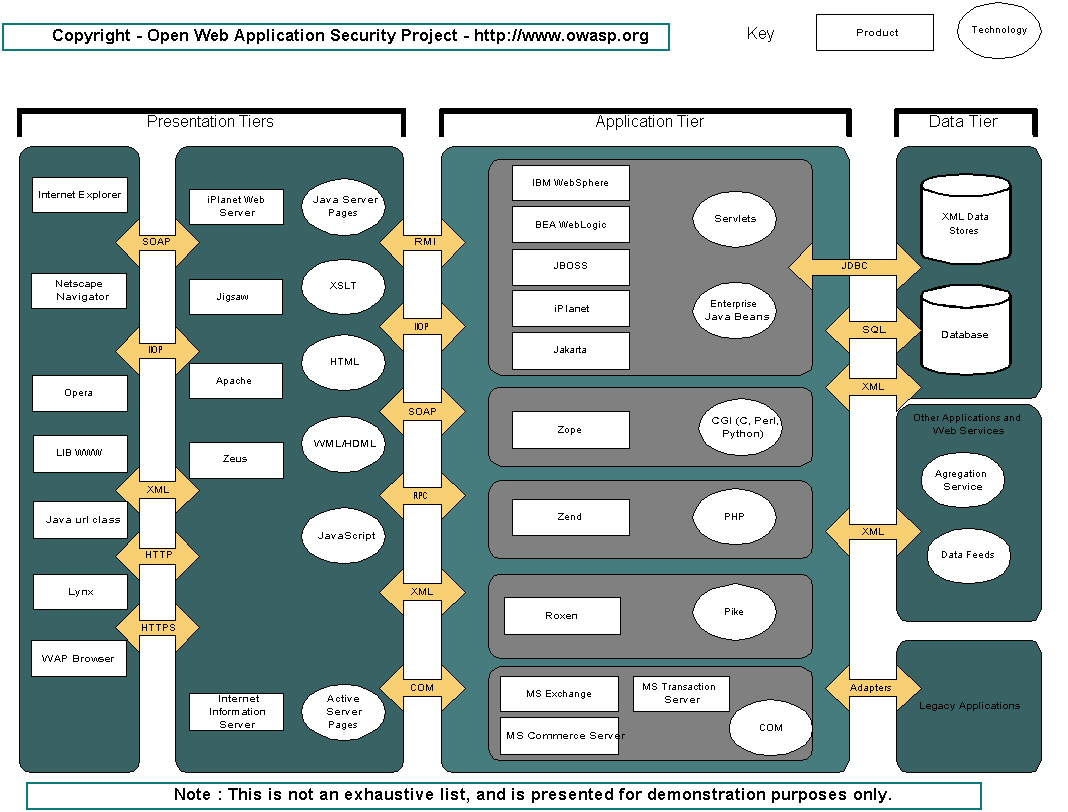Table of Contents
In essence a Web Application is a client/server software application that interacts with users or other systems using HTTP. For a user the client would most likely be a web browser like Internet Explorer or Netscape Navigator; for another software application this would be an HTTP user agent that acts as an automated browser. The end user views web pages and is able to interact by sending choices to and from the system. The functions performed can range from relatively simple tasks like searching a local directory for a file or reference, to highly sophisticated applications that perform real-time sales and inventory management across multiple vendors, including both Business to Business and Business to Consumer e-commerce, workflow and supply chain management, and legacy applications. The technology behind web applications has developed at the speed of light. Traditionally simple applications were built with a common gateway interface application (CGI) typically running on the web server itself and often connecting to a simple database (again often on the same host). Modern applications typically are written in Java (or similar languages) and run on distributed application servers, connecting to multiple data sources through complex business logic tiers.
There is a lot of confusion about what a web application actually consists of. While it is true that the problems so often discovered and reported are product specific, they are really logic and design flaws in the application logic, and not necessarily flaws in the underlying web products themselves.

It can help to think of a web application as being made up of three logical tiers or functions.
Presentation Tiers are responsible for presenting the data to the end user or system. The web server serves up data and the web browser renders it into a readable form, which the user can then interpret. It also allows the user to interact by sending back parameters, which the web server can pass along to the application. This "Presentation Tier" includes web servers like Apache and Internet Information Server and web browsers like Internet Explorer and Netscape Navigator. It may also include application components that create the page layout.
The Application Tier is the "engine" of a web application. It performs the business logic; processing user input, making decisions, obtaining more data and presenting data to the Presentation Tier to send back to the user. The Application Tier may include technology like CGI's, Java, .NET services, PHP or ColdFusion, deployed in products like IBM WebSphere, WebLogic, JBOSS or ZEND.
A Data Tier is used to store things needed by the application and acts as a repository for both temporary and permanent data. It is the bank vault of a web application. Modern systems are typically now storing data in XML format for interoperability with other system and sources.
Of course, small applications may consist of a simple C CGI program running on a local host, reading or writing files to disk.